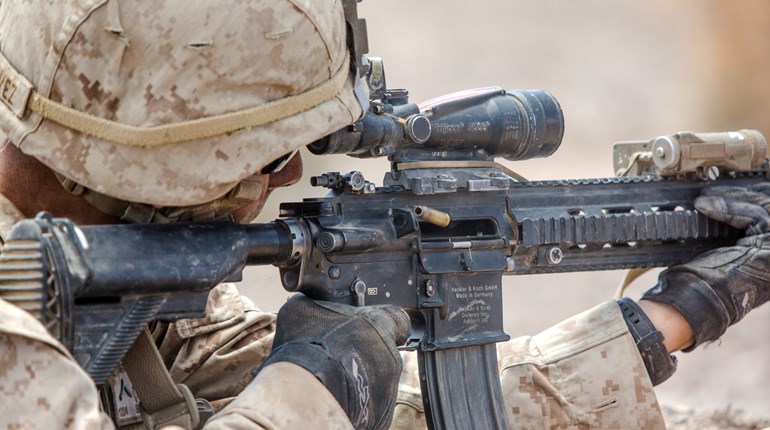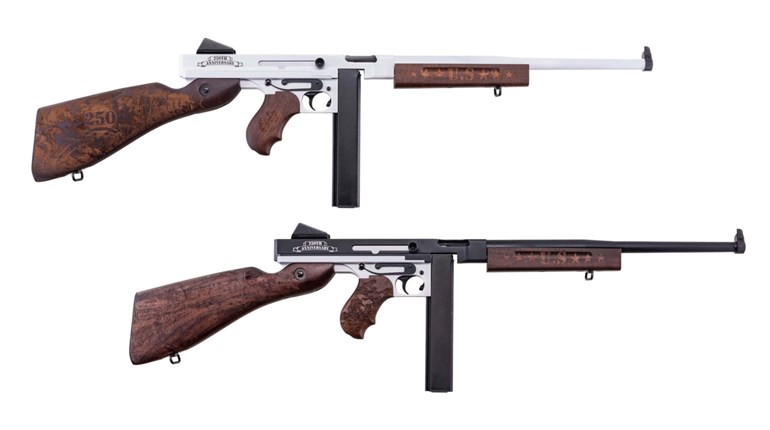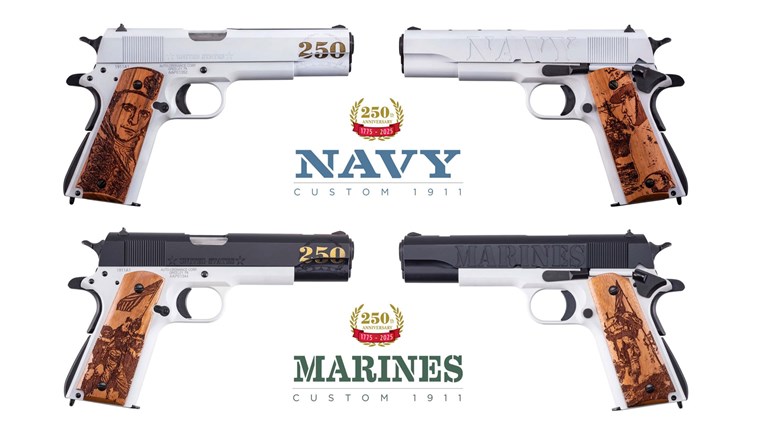
Helicopters make a distinctive sound. It’s sort of a whop-whop noise, and it differs a little from one chopper model to the next. The Vietnam War was the first true helicopter war. Early on, our primary troop carrier was the CH-34. We also had an observation outfit flying the UH-1Es (a variant of the legendary “Huey”). With little practice, you can tell the difference between the two. On the day in question, I picked out the distinctive, higher-pitched howl of the Huey. My unit was helping to put the final touches on Operation Starlight in August of 1965. It was the first big battle between American forces and an organized Vietcong unit. The helicopters were all over the place, and I looked up to see a very clean and shiny Huey approaching to land.
The skids touched down and a couple of Marines hopped nimbly out. The bigger one walked over to me and stuck out his hand to shake. “Hi, Skipper” he said, “I’m Lew Walt.” The Marine was wearing a clean utility uniform and helmet. There were two silver stars on each collar, the insignia of a major general. This was the senior Marine in all of Vietnam. He wanted to visit another unit about a map square away, but his helo couldn’t land because of enemy fire. The general wanted to borrow a squad to walk with him over to where there was some fighting still going on. I did not consider this an unreasonable request, so I complied—quickly. Real quickly.
By any standard of measurement, Lew Walt was an exceptional man. Born in 1913, Walt left Colorado State University in 1936 with a bachelor’s degree in chemistry and a spread of other honors—distinguished scholar, captain of both football and wrestling teams, student body president, etc. He entered the Marine Corps as a 2ndLt in 1936 and finished Basic School the following year. In that immediate pre-war period, 2ndLt Walt saw overseas tours in China and Guam. By 1941, he was at Quantico, where he volunteered for the 1st Raider Battalion. A year later, Walt led A Company of the Raiders in the assault on Tulagi, off the coast of Guadalcanal. He was among the defenders of Bloody Ridge, overlooking the airfield on Guadalcanal. Months later, he was with the Marine’s 5th Regiment in the fighting on Cape Gloucester. Once more, he personally intervened in close combat by dragging a 37 mm gun up what eventually came to be known as “Walt’s Ridge.”
Walt’s next campaign may have been somewhat overlooked by the historians, but remembered in horror by those who fought there. Peleliu, in the Palau Island chain. His personal leadership was needed in brutal combat against dug-in enemy soldiers on a mass of rocky coral.
The war ended in 1945, and Walt went on to peacetime assignments, but by 1952, he was back in the 1st Marine Division in Korea. By now, Lewis Walt was a Colonel. In the course of all this service, he received multiple awards for bravery in combat. By the time he retired, Walt had at least one of every medal awarded for personal bravery in battle, except for the Medal of Honor. Remarkably, this includes two Navy Crosses.
Two paragraphs of copy cannot begin to describe the battles of three major wars in which Lewis William Walt prevailed. He was so well regarded in the Marine Corps of the mid-1960s, that the senior NCOs—the Sergeants Major and Master Gunnery Sergeants—universally felt we would be well led, even in the worst of battle situations. No one had anything but respect for his helicopter-borne visits to units in the field.
Several months after my startling visit from Lew Walt, my unit was in the midst of a very tricky situation. An understrength battalion of ARVN Rangers was surrounded by a full regiment of NVA regulars. They were on a very sharp ridge that had little in the way of helicopter landing sites. Late in the afternoon, my battalion was sent to relieve the pressure. Those little Rangers with oversize helmets and Thompson guns had put up one hell of a good fight. The evidence was all over the hill—brass, grenade pins and many dead. I was the acting S3 and trying to get as many helicopter loads of Marines as possible onto the hill before dark. Late in the afternoon, it began to rain, and we only had about half the battalion on the hill. The chopper drivers were dedicated Marines, but as darkness approached, we were facing the possibility of no more loads. Then I turned away from the rotor blast of another chopper, a Huey. When I turned back, there he was—Lew Walt. His chopper was low on fuel, so our conversation had to be brief, but he issued several cryptic orders and encouraging words before he left.
Just a few weeks after that, my battalion was part of the Marine forces on Operation Mallard. On this one, we flew into a landing zone that had been prepped by a B-52 strike. We didn’t have much activity until we began the extraction several days later. Then we started taking fire and some of it came from an annoyingly accurate pair of enemy 82 mm mortars. I was on the radio with an aerial observer trying to figure out where they were, and I heard a Huey landing. Things were getting wild, so I ventured a guess and said, “It’s him again.” And yes, it was—Lew Walt. He never seemed to be there until his presence might make a difference. We got out of that hot landing zone OK.
When my tour in Vietnam was in its final week, I was on a legendary hill Southwest of Da Nang. It was such a prominent feature that we were given a big, pedestal-mounted pair of 20x120 mm binoculars. It was a great observation post, and from here we were able to see for miles up the river. Two days before I came home, I once again heard a familiar sound. It was a beautiful, sunny afternoon and no one was shooting, so I had a little more time to talk with the now-promoted LtGen Lewis William Walt.
Much of what I said here is coincidence, but it is all true. Lew Walt was an old-fashioned leader who took the term literally. The helicopter let him do it almost daily. At the peak of the Vietnam War, he had about two-thirds of all the operating forces in the United States Marine Corps under his command. That’s a lot of leadin’ to do.
Besides, he liked to run (or fly) to the sound of the fightin’ iron.





































